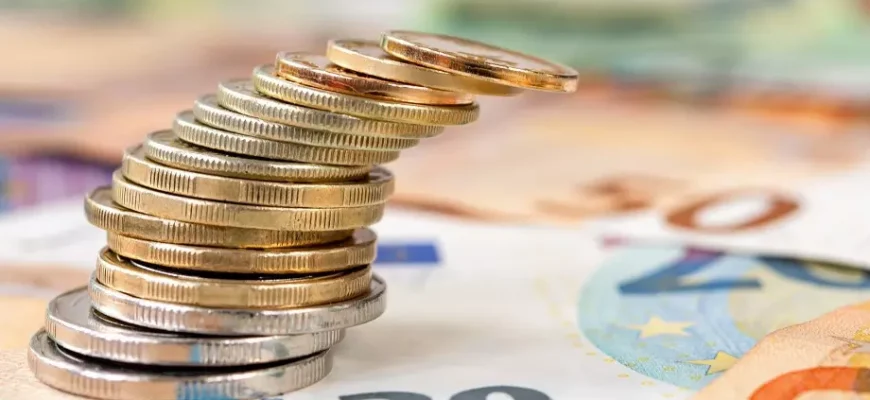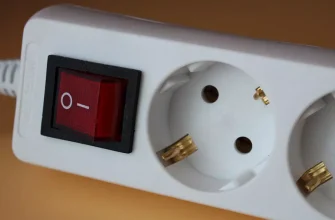Money. People worry about them, think about how to get more and dream about how to spend them. But how much do we really know about money? Here is their story.
COWRY SHELLS AND OTHER OBJECTS FROM NATURE
Some of the earliest monetary tokens were objects from nature. A notable example of this is cowrie shells, first used as money around 1200 BC. Although they seem quite random, the shells had a number of advantages: they were similar in size, small and durable. Although the molluscs from which the shells are produced are found in the coastal waters of the Indian and Pacific oceans, the expansion of trade means that even some European countries accept cowrie shells as currency. Shells in the form of wampum (tubular shell beads) were used as money by Native Americans. Another currency of nature is the whale teeth used by the Fijians. The people of Yap Island (now part of Micronesia) carved huge limestone discs that eventually became currency and remained part of the island’s culture.
How to attract money and luck?
COUNTERFEITATION
Counterfeiting dates back to the invention of money. Even wampum has been subject to counterfeiters. Counterfeiting is proving to be such a big problem around the world that severe penalties have been introduced. Chinese banknotes from around the 14th century carried a warning that counterfeiters would be beheaded, and England was known to punish perpetrators by burning at the stake. In the American colonies, death also greeted the first counterfeiters. Numerous measures have been taken to prevent counterfeiting. Benjamin Franklin, who owned a company printing money for several colonies, misspelled Pennsylvania because he believed forgers would correct the error in their forgeries. Today, anti-counterfeiting measures are much more sophisticated. For example, banknotes have an embossed stamp, a watermark and a security thread that can be seen when the banknote is held up to light. However, the penalties for counterfeiting have been mitigated.
Why you should not take the money found on the street
COINS
Although the use of metal for money can be traced back to Babylon before 2000 BC, standardized and certified coinage may not have existed until the 7th century BC. According to many historians, it was at this time that the kingdom of Lydia (in present-day Turkey) issued the first regulated coins. They appeared during the reign (610-560 BC) of King Alyates and were made of electrum – a natural mixture of gold and silver. These coins, roughly shaped like beans, depicted the king’s symbol – a lion. Alyathes’ son, Croesus, reformed the kingdom’s currency, introducing silver and gold coins. Soon such money signs appeared in other places.
2 things from your wallet that bring penury
LEATHER MONEY
Around the 6th century BC, leather and animal hides began to be used as currency tokens. Early ancient Rome is reported to have used this type of money. They have also been found in areas such as Carthage and present-day France, and in Russia, leather money is believed to have been used during the reign of Peter the Great (1682-1725). The Chinese Emperor Wu (reigned 141-87 BC) created banknotes from skins from his personal collection of white deer. It was fringed and decorated with intricate motifs.
PAPER MONEY
Given that it is widely believed that paper originated in China, it is only fitting that this country should introduce paper money. It is widely believed that this innovation appeared during the reign (997-1022) of Emperor Zhengzong. It was made from the bark of mulberry trees, so in a way, money really does grow on trees. At the end of the 18th and the beginning of the 19th century, paper money spread to other parts of the world. However, most of this currency was not money in the traditional sense of the word. Instead, it serves as promises to pay certain amounts of gold or silver, which are key to the development of banks.
Rituals for attracting money – a path to self-knowledge
GOLD STANDARD
Not surprisingly, the currency has been associated with a number of issues, one of which is related to fiat money. It is money that is issued by decree of a sovereign government and, unlike gold and silver coins, has no intrinsic value. So countries can issue such money at will, and some have done so (and do), potentially rendering the currency worthless. This became such a problem that in 1821 the United Kingdom, then a leader in international finance, introduced the gold standard. In this monetary system, the standard currency is usually held at the value of a fixed amount of gold, which increases confidence in international trade by preventing governments from issuing excessive amounts of money. Eventually, other countries, including Germany, France, and the United States, adopted the gold standard. However, the system had its drawbacks. In particular, it limits a country’s ability to insulate its economy from depression or inflation in the rest of the world. After the Great Depression (1929-1939), countries began to rethink the gold standard, and by the 1970s, gold was no longer tied to currency. Since then, there have been a number of extreme cases of hyperinflation. A notable case is Zimbabwe in the early 2000s, when the country issued currency in denominations of up to $100 trillion – which is worth as much as a loaf of bread.
The zodiac signs that will welcome the New Year without money
CREDIT CARDS
Although credit has been around for centuries, the first universal credit card wasn’t introduced until 1950. In that year, Americans Ralph Schneider and Frank McNamara founded Diners Club. Other cards were soon created, and in 1959 a plastic card debuted. The magnetic stripe on credit cards was introduced in the 1960s to contain account information. Thanks to the tape, merchants no longer had to make phone calls to get approval from credit companies. In the 1990s, chips began to be embedded in the cards to encrypt the information, which provided even greater security.
Can MONEY buy happiness?
BITCOINS
Bitcoin is a digital currency system created in 2009 by an anonymous computer programmer or group of programmers known as Satoshi Nakamoto. The currency is not issued by a central bank and is not regulated, although a decentralized network of computers monitors transactions. Bitcoin users are anonymous, known only by their digital wallet ID. The value of bitcoins is determined by bidding, similar to how stocks are valued. How are bitcoins created? In a process called mining. It involves a race between computers to solve complex mathematical problems and thereby verify blocks of transactions. Although it sounds easy, it is not. It has been estimated that nearly seven trillion attempts may need to be made before a solution is discovered. In the end, the owner of the winning computer receives newly created bitcoins, and the system becomes more secure. The upper limit of the number of bitcoins that can be created is 21 million, and more than 17 million have been created so far.








